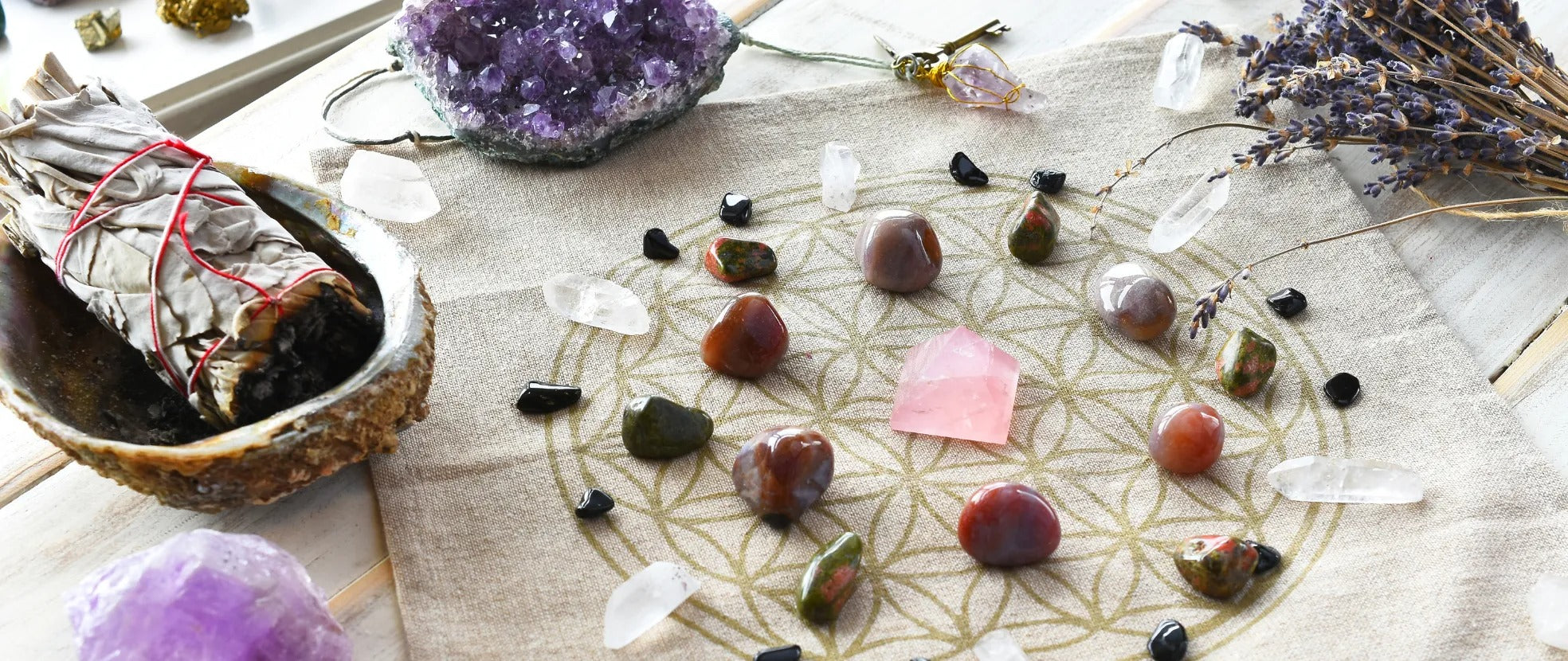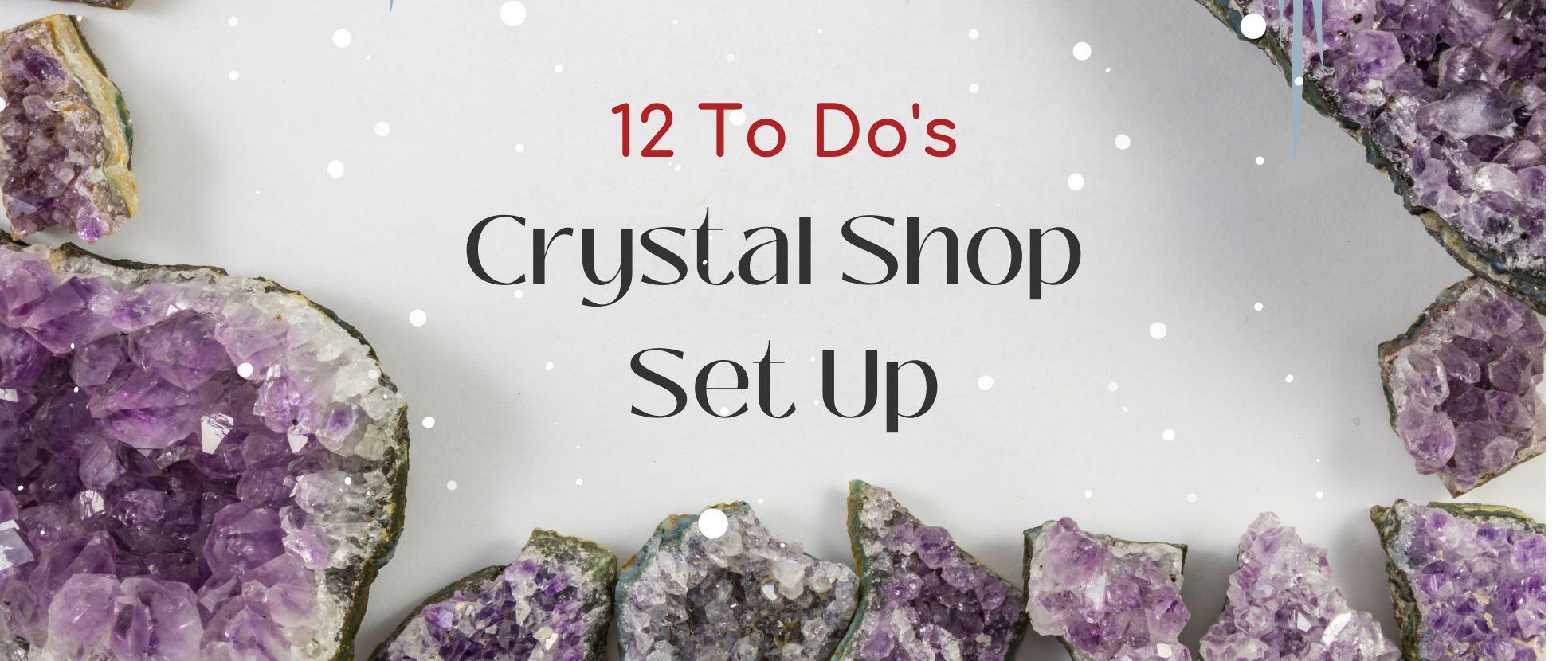No other blue gemstone in existence is as highly prized as Sapphire, the precious blue variety of the mineral Corundum. It's been a valuable gemstone since 800 B.C. Because of its exceptional colour, luster, hardness, and durability, Sapphire is an indispensable stone in jewelry.
Sapphire is not only the name for the most valuable blue gem in the world; it's also the collective term for all the other colours and varieties of Corundum. This excludes the red variety which is called Ruby and a rare kind of orange and pink Sapphires called Padparadscha.
Take a closer look at the antique gem's history and properties.
The Physical Properties of Sapphire
Pure Sapphire can be transparent to translucent. The stone's natural blue colour is caused by a tinge of iron and titanium inclusions, producing a blueness that ranges from a pale blue to indigo. However, to meet consumer demand, it's common practice to heat-treat Sapphire to intensify its colour, enhance its clarity, and to produce other colours like yellow, orange, and orange-red.
Stones with a vivid blue to violetish blue shade are the most precious and sought-after variety. Gem traders call them Cornflower Blue or Kashmir Sapphire. Laboratory-grown gems display dichroic qualities, meaning their colour changes when viewed from different angles. For instance, Alexandrite Sapphire appears blue in natural light and somewhat violet or red in artificial light.
In terms of hardness, Sapphire (and other Corundum varieties) is rated 9 on the Mohs scale which makes it the second toughest natural gemstone next to Diamond. It isn't prone to breaking, scratching, chipping, or cracking. It can even scratch other gemstones and metals. Sapphire is also inherently resistant to chemicals, so it doesn't lose its polish or become etched under normal conditions.
Sapphire can contain microscopic Rutile inclusions (needle-like crystals made of titanium oxide) which reduce the stone's transparency. When in dense groupings Rutile can create asterism a phenomenon wherein a gemstone shows a luminous star-like shape. Sapphire gemstones that are cut en cabochon and display asterism are called Star Sapphires.
The History of Sapphire
The name Sapphire comes from the Greek word sappheiros and the Latin word saphirus both meaning blue. Ancient Greeks also used the word to refer to another popular blue stone, Lapis Lazuli. Sapphire has been regarded as a royal gem since its discovery.
Archaeologists claim that Sri Lanka was the primary source of Sapphire in the classical period. It is believed that Sapphires reached the Mediterranean cultures via the trading routes that cut through Turkey, Iran, Afghanistan, and Pakistan to India. The gems were distributed across Europe through the well-developed road systems throughout the continent.
Early lapidaries polished rough Sapphires to give them a smooth and rounded appearance, resulting in what we now know as cabochons. Eventually, classical jewellers learned to drill holes into the stone with the use of Diamond abrasives to make Sapphire beads. They would string the beads together to create bracelets and necklaces. Faceting Sapphires was only invented after the 16th century.
At the beginning of the 20th century, synthetic Sapphire made a splash in the gem trade. Around 1886, French chemist Auguste Verneuil created the first crystalline Corundum in his laboratory through flame fusion. This process of synthesizing Corundum would later on be called the Verneuil method and would become the most inexpensive way to create artificial Sapphires and Rubies.
Natural Sapphires can be found in Sri Lanka, Myanmar, Australia, Cambodia, Thailand, Madagascar, and the US.

The Lore of Sapphire
Ancient Greeks used Sapphire to gain the attention of or seek favour with the god Apollo. In the Judeo-Christian tradition, the stone is associated with Abraham. It was also believed that Sapphire was one of the twelve precious stones seen in the breastplate of Israel's high priest.
The blueness of Sapphire has always been thought to symbolize royalty and heavenly tranquility. This is why clergy in the Middle Ages wore blue Sapphire. Kings and queens wore it as protection against harm and to attract wealth. Sapphire is believed to ward off evil thoughts, usher peace, heal illnesses, and neutralize poisons.
Today, Sapphire is known as the birthstone for September. It is also considered as the best gift to couples celebrating their 45th wedding anniversary.
The Metaphysical Properties of Sapphire
In the metaphysical world, Sapphire is known as the wisdom stone. It is believed to enhance concentration and creativity, as well as improve the quality of thought. The gem helps calm the mind and deepen focus. It also assists in eliminating unpleasant thoughts, easing mental tension, and treating depression.
Sapphire is also used to forge and strengthen relationships. Some people use Sapphire stones to help them find new love, or increase faithfulness and loyalty in existing relationships. In tumultuous situations, the stone is thought to promote peace of mind.
Blue-coloured Sapphires are linked to the throat and third eye chakras. They balance energies in these chakras to heal headaches and sore throats and to prevent recurring nightmares.
Sources:
The Gemstone Sapphire. (n.d.). Minerals.net. Accessed at https://www.minerals.net/gemstone/sapphire_gemstone.aspx
Sapphire History and Lore. (n.d). GIA. Accessed at https://www.gia.edu/sapphire-history-lore
Sapphire. (n.d.). Antique Jewelry University. Accessed at https://www.langantiques.com/university/sapphire/
Sapphire Meaning, Powers and History. (n.d.). Jewels for Me. Accessed at https://www.jewelsforme.com/sapphire-meaning
The Editors of Encyclopaedia Britannica. (n.d.). Sapphire. Britannica. Accessed at https://www.britannica.com/topic/sapphire-gemstone
Auguste Victor Louis Verneuil. (2021, April 5). Wikipedia. Accessed at https://en.wikipedia.org/wiki/Auguste_Victor_Louis_Verneuil
The Editors of Encyclopaedia Britannica. (n.d.). Verneuil process. Britannica. Accessed at https://www.britannica.com/topic/Verneuil-process
Definition of dichroism. (n.d.). Mindat.org. Accessed at https://www.mindat.org/glossary/dichroism





